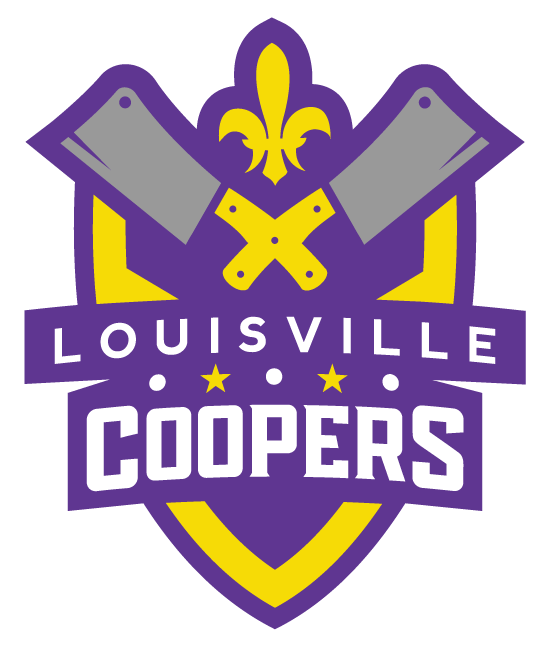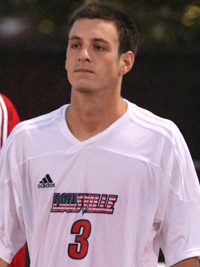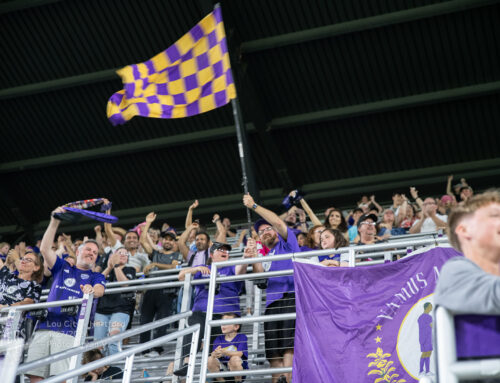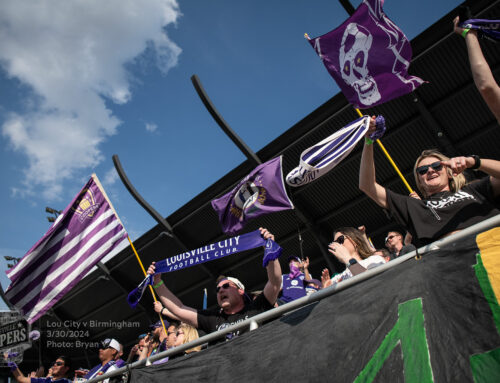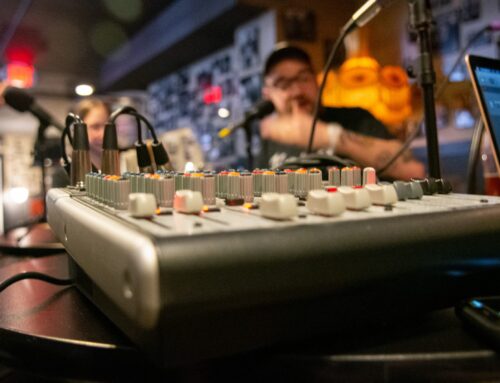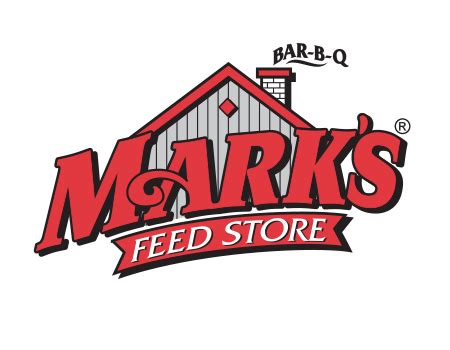Long time followers of this site know that I’m a sucker for statistics. Now that the USL has partnered with Opta, I have actual numbers and charts I can look at to dissect the game, rather than just rely on my eyes, which get blurrier as the game goes on. Opta/USL unfortunately won’t let me copypasta their data into this page. Let’s have a look at the numbers against last week’s opponent, Tampa Bay Rowdies:
The numbers for this game are a little different from what we’re used to. They’re also indicative of some interesting, if not quite surprising, trends concerning how Louisville City plays at Slugger Field.
Different first. Louisville City was out-possessed for the first time all season, and out-passed for the second time (both home games). Tampa won the possession battle 56-44, and had 418 passing attempts to Louisville’s 330. Tampa, who leads the league in passes and pass completion percentage, won both stat categories again on Saturday, but their stellar numbers took quite a hit against City. Tampa completed just 61% of its passes in Louisville’s half and 72% overall, down quite a ways from their previous figures.
For Louisville City’s part, Elsie had a much worse passing game than previous, completing 65% of their total passes and just 53% in Tampa’s half. The Rowdies also had seven more open play crosses than Louisville City, one of which was a very dangerous ball to Georgi Hristov in the opening minutes of the match.
The heat map doesn’t look especially great for Louisville City, either, really:
That’s a lot of red in places that we don’t necessarily want to see a lot of red. Also, Tampa outshot Louisville City 15-11, though they were less accurate (obviously).
I point these things out because, before Saturday night, these were areas that Louisville City had been fairly dominant in its first few games. It makes sense when you consider that OCB and Richmond were the last two opponents, and Tampa is a team that really likes to possess the ball. City was sloppy passing, but Tampa wasn’t exactly clinical, either.
Some interesting differences from the last two games, though, are how well City did in duels: City won that statistical battle 60-40 against a team that, on paper, has a lot more individual talent than our boys in purple do. James O’Connor has taken a lot of exception to that, and he is and should be proud of the way City played in their individual battles on the evening. City probably had more 1v1s in this game than they’ve had in any other season. George Davis had almost 20 on his own, and he won 10 of them. He was absolutely Man of the Match in this game. Paolo DelPiccolo, whom I don’t usually think of as a physical player, won 10 of 11 duels, and 3 of 4 in the air. That’s a wow number for me.
Speedy Williams, Sean Totsch, and Tarek Morad all had their standard solid performances. I do hope Speedy’s injury isn’t a bad one; he was a horse on the field on Saturday. The one place where City struggled a bit was at fullback, as neither Kyle Smith nor Oscar Jimenez passed the ball particularly well, and Oscar failed to register a scoring chance for the first time all season. He was pretty busy trying to contain Michael Nanchoff for a lot of the game. Kyle, for his part, did a pretty good job handling Georgi Hristov when called upon, and Luke Boden didn’t send in a single cross in the game. Win for Smith, if you ask me.
Getting back to the passing numbers for a moment, it’s not surprising that they’re worse when we a) play quality opponents like Tampa Bay and St. Louis (that was weird to write), and b) play at home. Slugger is not an easy place to play soccer. It’s compact and the surface is, as we know, terrible to play on, especially on the infield side. Those kinds of conditions do beg the question of whether there’s a better way to play there. However, O’Connor has decided he doesn’t care where we play, we’re going to play the same no matter what. It’s hard to argue with his methods when we get results like we did this past weekend.
